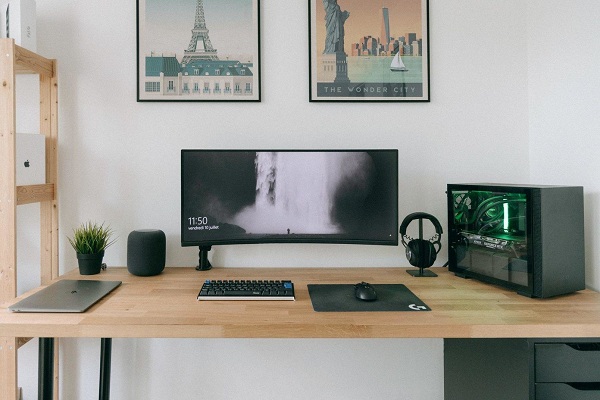The act of cable management itself is something of an art, being an elegant way to route signals and decrease visual clutter in the home. But cable management isn’t just beneficial for keeping a tidy set-up that’s easy to troubleshoot; it can also prevent issues with signal quality in certain situations.
Managing your cables isn’t limited to the sorting of existing set-ups and connectors, either. Over time, you will likely have amassed spare cables and strange connectors that you’re unsure whether to keep or throw. These cables can make troubleshooting problems much harder, especially if you’re hunting through useless connectors to find the one you need. Here are some pointers to help you sift through your current hoard and jettison the less useful cables in your arsenal.
Cables to Keep
Power Cords
Power cords have evergreen utility around the home – and are interchangeable where they don’t have a power adapter pre-attached. IECs are the most common kind of power cord, with the C13 variant used to power large appliances and the smaller, figure-8 C7 variant commonly used with hi-fi equipment and games consoles.
USB-B Cables
USB-B cables are a USB format most commonly encountered as a printer connector, but they have practical utility in a number of areas. Music equipment use the USB-B connector in order to transmit audio, power and MIDI signals together.
3.5mm Jack Cables
3.5mm jacks, or ‘headphone jacks’, have been the standard for consumer audio connections for decades now. Despite Apple’s efforts to render the jack obsolete, it remains the most popular form of connector for headphones and line-outs on consumer audio products.
Cables to Throw Away
VGA Cables
VGA cables are a truly obsolete standard, being a connector type used to transmit visual information to older monitors and screens. VGA connections only allow for a low resolution, and it is rare to encounter the connection type on any equipment built after 2007.
RCA Cables
RCA cables are a relic from the late 20th century, being a combination of three sets of phono connectors that transmit two channels of audio and one video signal. They were used for older video game consoles, VHS players and early DVD players, with little utility otherwise.
Tips for Cable Management
Cable ties can be extremely useful for bunching related cables together and creating tight runs to equipment. Trays can also be installed behind shelving to hold power adapters and extension cords.
If you are organizing cables for an audio set-up, whether your home’s hi-fi system or a complex array of musical equipment, it is good practice to isolate your signal cables from your power cables. The electricity running through the power cables can induce an electromagnetic field, which can in turn interfere with audiosignals. If they must cross paths with one another, they should do so at 90-degree angles to minimize interference and keep your signal clean.

No comments:
Post a Comment